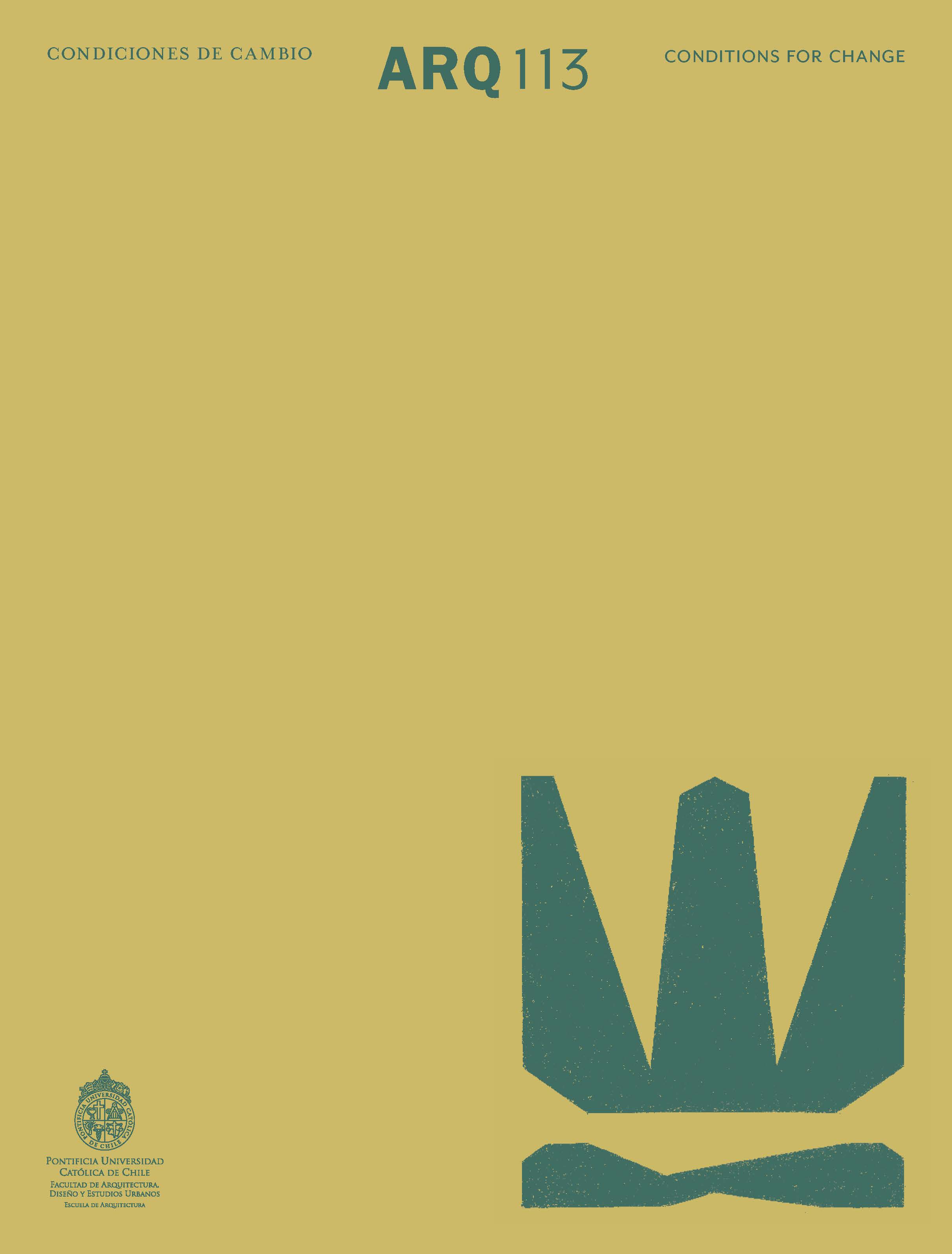Stephannie Fell (ed.); several authors
Journal issue; Softcover
20.6 x 27 cm | 148 pp.
Spanish + English
Over the span of six months during 2022, the 140 individual pods of Tokyo’s Nakagin Tower briefly flew across the sky for the last time, as a crane detached them from the cores before demolishing the building. A landmark of the Metabolist movement, the Nakagin was designed to change with the city and its inhabitants (Kurokawa, 1972) —a building of replaceable pods and serviceable parts, an epitome of retrofitting. Following a decade of efforts to save it, and even after being listed in 2006, the building was demolished last year. Among the reasons cited for its demolition were several concerns: repair costs, the presence of asbestos in the building, how it no longer met Japan’s seismic regulations, and its “inefficient use of prime real estate in central Tokyo” (Lin, 2011; Oshima, 2020; McCurry, 2023). In other words, technology, health standards, building codes, and economic pressures on its urban context, had all changed much faster than the pods could be replaced. A building designed for adaptation seemed very unfit for change.
Buy
Buy Internationally
Read on ARQ+
PDF (SciELO)
Journal issue; Softcover
20.6 x 27 cm | 148 pp.
Spanish + English
Over the span of six months during 2022, the 140 individual pods of Tokyo’s Nakagin Tower briefly flew across the sky for the last time, as a crane detached them from the cores before demolishing the building. A landmark of the Metabolist movement, the Nakagin was designed to change with the city and its inhabitants (Kurokawa, 1972) —a building of replaceable pods and serviceable parts, an epitome of retrofitting. Following a decade of efforts to save it, and even after being listed in 2006, the building was demolished last year. Among the reasons cited for its demolition were several concerns: repair costs, the presence of asbestos in the building, how it no longer met Japan’s seismic regulations, and its “inefficient use of prime real estate in central Tokyo” (Lin, 2011; Oshima, 2020; McCurry, 2023). In other words, technology, health standards, building codes, and economic pressures on its urban context, had all changed much faster than the pods could be replaced. A building designed for adaptation seemed very unfit for change.

